Home>Interior Design>How To Use A Drain Snake – To Unclog Blockages, Fast
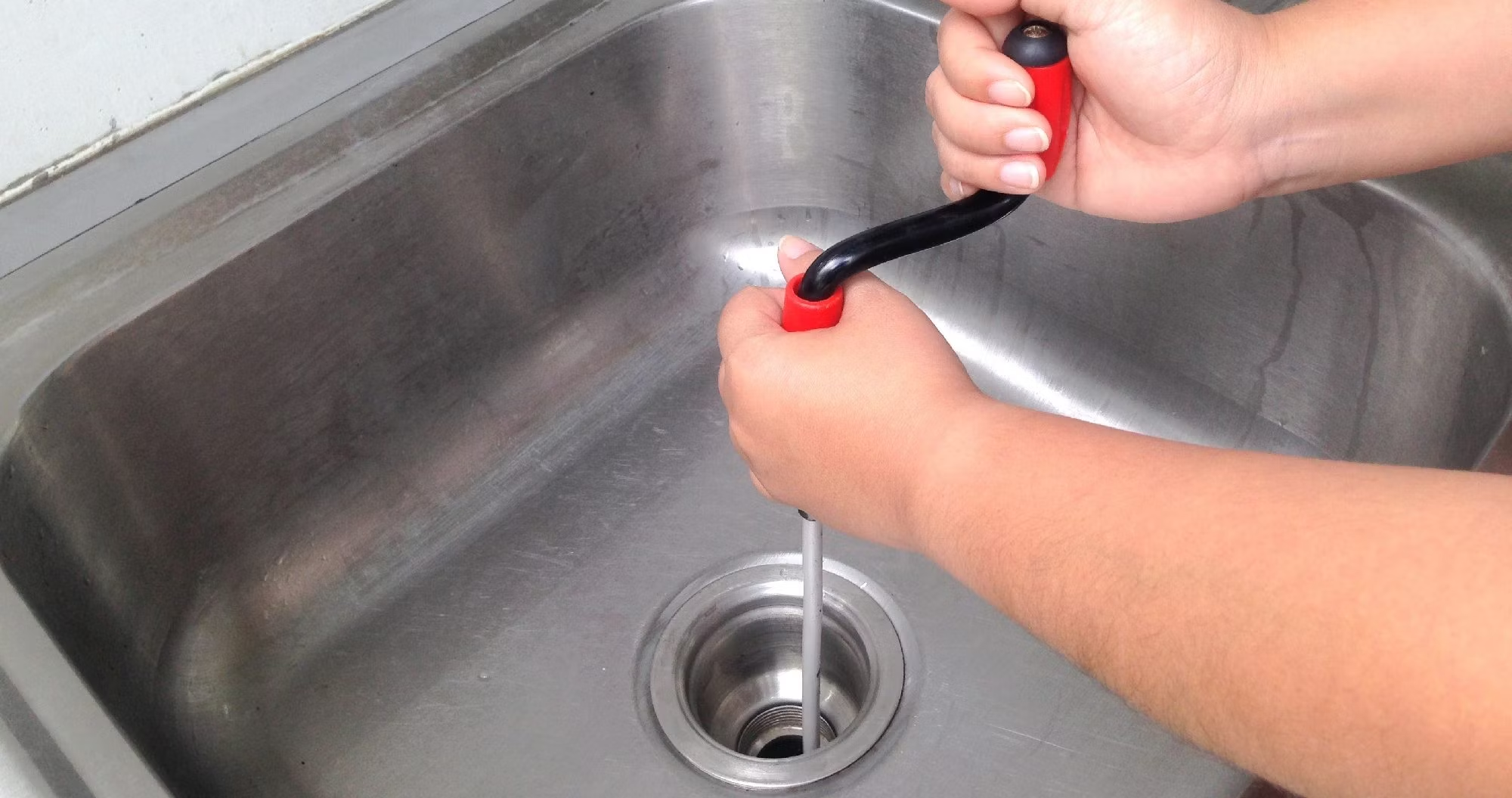

Interior Design
How To Use A Drain Snake – To Unclog Blockages, Fast
Modified: February 28, 2024
Learn how to effectively use a drain snake for fast and efficient unclogging of interior design blockages. Get expert tips and tricks to ensure smooth drainage.
(Many of the links in this article redirect to a specific reviewed product. Your purchase of these products through affiliate links helps to generate commission for Storables.com, at no extra cost. Learn more)
Introduction
Welcome to our comprehensive guide on how to use a drain snake to unclog blockages quickly and efficiently. If you’ve ever experienced the frustration of a clogged drain, you know just how inconvenient and messy it can be. From slow-draining sinks to backed-up toilets, blocked drains can disrupt your daily routine and cause unnecessary stress.
Fortunately, a drain snake, also known as a plumbing auger, can be a lifesaver in these situations. A drain snake is a versatile tool that is designed to clear blockages in pipes and drains. While calling a plumber is always an option, having a drain snake handy can save you time and money by allowing you to tackle minor clogs on your own.
In this guide, we will cover everything you need to know about using a drain snake effectively. We’ll walk you through the different types of drain snakes available, discuss the importance of safety precautions, and provide a step-by-step guide to help you navigate the unclogging process successfully.
So, whether you’re dealing with a stubborn hair clog in your bathroom sink or a buildup of grease in your kitchen drain, read on to learn how to master the art of using a drain snake and keep your plumbing in top shape.
Key Takeaways:
- Master the art of using a drain snake to efficiently clear stubborn clogs and keep your plumbing in top shape, saving time and money on minor blockages.
- Prioritize safety, regular maintenance, and preventative measures to avoid clogs, and confidently handle minor drain blockages with a drain snake, while seeking professional help for severe issues.
What is a drain snake?
A drain snake, also known as a plumber’s snake or plumbing auger, is a tool used to remove blockages in pipes and drains. It consists of a long, flexible cable that is inserted into the drain opening and manually maneuvered to break up and clear obstructions. The cable is typically made of steel or a strong wire material that can withstand the pressure exerted during the unclogging process.
Drain snakes come in various lengths and thicknesses, depending on the size and type of plumbing system being worked on. They can be as short as 10 feet for bathroom sinks and shower drains, or as long as 100 feet for main sewer line blockages.
The business end of a drain snake features a variety of different attachments, including a corkscrew-like coil, a round brush, or a hook. These attachments are designed to engage with the blockage and either push it through the pipe or pull it back out.
Unlike traditional plungers or chemical drain cleaners, a drain snake works by physically breaking up the clog, rather than relying on pressure or corrosive substances. This makes it a safer and more effective option for removing stubborn blockages that may be resistant to other methods.
Drain snakes are commonly used by professional plumbers but can also be purchased or rented for use by homeowners. They offer a cost-effective and convenient solution for minor drain blockages, saving you the expense and inconvenience of calling in a professional for every clog.
Now that you have a basic understanding of what a drain snake is, let’s explore why it’s beneficial to have one in your plumbing toolkit.
Why use a drain snake?
When faced with a clogged drain, many people’s first instinct is to reach for a bottle of chemical drain cleaner or a plunger. While these methods may work for minor blockages, they are not always effective and can even cause more harm than good. This is where a drain snake comes in. Here are several reasons why using a drain snake is a smart choice:
- Effective at removing stubborn clogs: Unlike chemical drain cleaners that only dissolve certain types of blockages, a drain snake physically breaks up the clog and clears it from the pipe. This makes it extremely effective at removing stubborn obstructions such as hair, soap scum, grease, and food debris.
- Prevents damage to pipes: Chemical drain cleaners, especially those with harsh ingredients, can corrode and damage your pipes over time. On the other hand, a drain snake is a non-corrosive and safe tool that won’t harm your plumbing system. It allows you to clear blockages without worrying about further damage.
- Saves time and money: Calling a professional plumber to unclog your drains can be costly, especially for minor blockages that can be easily handled on your own. By investing in a drain snake, you can save both time and money by quickly resolving the issue without the need for outside assistance.
- Versatile tool: Drain snakes are available in various lengths and attachments, making them versatile tools that can be used for different types of drains and blockages. Whether it’s a clogged sink, bathtub, shower, or toilet, a drain snake can handle the job.
- Environmentally friendly: Chemical drain cleaners can be harmful to the environment, as their ingredients can contaminate water sources and have a negative impact on ecosystems. By using a drain snake, you can limit your use of these chemicals and promote a more eco-friendly approach to drain maintenance.
Overall, a drain snake is a reliable and efficient tool for clearing drain blockages. It offers a safe, cost-effective, and environmentally friendly solution for keeping your plumbing system running smoothly. Now that you understand the benefits of using a drain snake, let’s explore the different types available on the market.
Types of drain snakes
When it comes to choosing a drain snake, it’s important to consider the specific needs of your plumbing system and the type of blockage you are dealing with. Here are some common types of drain snakes available:
- Handheld drain snake: Also known as a drum auger, this is the most basic and commonly used type of drain snake. It consists of a manually operated drum or reel that holds a coiled cable. The cable is extended into the drain while the drum is turned to break up the clog. Handheld drain snakes are suitable for small to medium-sized drain pipes, such as those found in bathroom sinks, showers, and bathtubs.
- Tubing drain snake: This type of drain snake is designed specifically for unclogging tub drains. It features a flexible, narrow tube with a claw-like attachment at the end. The tube is inserted into the drain, and the claw is used to grab and remove hair and debris. Tubing drain snakes are effective at clearing hair clogs that commonly occur in bathtub drains.
- Flat tape drain snake: Flat tape drain snakes are commonly used for unclogging kitchen sink drains. They consist of a thin, flat strip of metal or plastic that is inserted into the drain. The flat shape allows it to navigate through the tight bends and traps commonly found in kitchen plumbing. These drain snakes are excellent for removing grease and food debris that can cause blockages in kitchen sinks.
- Power drain snake: Also known as an electric drain snake or sewer auger, this type of drain snake is powered by an electric motor. Power drain snakes are typically used for large, stubborn clogs in main sewer lines or outdoor drains. They are capable of extending longer cables and exerting more force to break up and clear blockages deep within the pipes.
- Self-feeding drain snake: Self-feeding drain snakes are designed for ease of use. They feature a mechanism that automatically feeds the cable into the drain while rotating, eliminating the need for manual cranking. This type of drain snake is efficient and time-saving, making it ideal for both professionals and DIY enthusiasts.
When choosing a drain snake, it’s essential to consider the specific requirements of your drain and the severity of the blockage. If you’re unsure about which type of drain snake to use, it’s always a good idea to consult a professional or seek advice from a knowledgeable salesperson to ensure you have the right tool for the job.
Now that you’re familiar with the different types of drain snakes available, we can move on to discussing the safety precautions you should take when using them.
When using a drain snake, start by inserting the tip into the drain and turning the handle clockwise to break up the clog. Then, slowly pull the snake out to remove the blockage.
Safety precautions
While using a drain snake can be a relatively straightforward process, it’s important to prioritize safety to prevent any accidents or injuries. Here are some essential safety precautions to keep in mind when using a drain snake:
- Protective gear: Always wear protective gear, such as gloves and safety goggles, to shield yourself from potential splashes or debris. Additionally, consider wearing old clothing or an apron to safeguard against any spills or stains.
- Secure the area: Before starting the unclogging process, make sure to secure the area around the drain. Remove any fragile items or objects that could be knocked over during the operation. This will minimize the risk of damage or accidents.
- Read the user manual: Familiarize yourself with the specific instructions and guidelines provided by the manufacturer of your drain snake. Each model may have specific usage recommendations and safety considerations that you should be aware of.
- Turn off the water supply: If you’re working on a sink or a toilet, ensure that you turn off the water supply before using the drain snake. This will prevent any unexpected water flow or accidental flooding during the unclogging process.
- Work in a well-ventilated area: When using chemical drain cleaners in combination with a drain snake, ensure that you are working in a well-ventilated area. Some drain cleaners can release harmful fumes, so it’s important to have proper airflow.
- Use caution with power drain snakes: If you’re using a power drain snake, exercise caution and make sure to follow the manufacturer’s instructions carefully. These machines have powerful motors and can be potentially dangerous if not handled correctly.
- Do not force the snake: When using a drain snake, avoid forcing it into the drain or applying excessive pressure. Instead, use a gentle, steady motion to guide the snake through the pipe. Forcing it can damage the plumbing or cause the snake to become stuck.
- Inspect the cable and attachments: Before using the drain snake, inspect the cable and attachments for any signs of damage. A frayed or damaged cable can pose a safety hazard and should be replaced before use.
- Keep children and pets away: It’s important to keep children and pets away from the area where you’re working. The cables and attachments of a drain snake can be tempting to explore and pose a risk of injury if mishandled or swallowed.
- Know when to seek professional help: While a drain snake can handle most minor clogs, there may be situations where it’s best to seek professional assistance. If you’re unsure about the severity of the blockage or if your efforts with the drain snake are unsuccessful, it’s wise to call a licensed plumber to avoid causing further damage.
By following these safety precautions, you can ensure that your experience with a drain snake is both effective and accident-free. Now that you’re aware of the necessary safety measures, let’s move on to the step-by-step guide to using a drain snake.
Read more: How To Use Drain Snake Bathtub
Step-by-step guide to using a drain snake
Using a drain snake can be a simple and effective way to clear blockages in your plumbing system. Follow these step-by-step instructions to use a drain snake properly:
- Gather your tools: Start by gathering all the necessary tools and equipment. This includes the drain snake, gloves, safety goggles, and any attachments or accessories specific to your drain snake model.
- Prepare the area: Clear the area around the drain and remove any objects or items that could obstruct your access. It’s also a good idea to place a towel or bucket beneath the drain to catch any water or debris that may come out during the unclogging process.
- Insert the drain snake: Insert the top end of the drain snake into the drain opening. For handheld drain snakes, slowly feed the cable into the drain while turning the handle in a clockwise motion. With power drain snakes, follow the manufacturer’s instructions for inserting the cable, usually by using a foot pedal or switch.
- Maneuver the drain snake: Once the drain snake is inserted, start maneuvering it by turning the handle or using the power switch. Aim to push the snake cable further into the drain while applying gentle pressure. If you encounter resistance, rotate the handle in the opposite direction to try and break up the blockage.
- Engage the blockage: Depending on the type of blockage, you may need to use a specific attachment to engage and remove it. For example, a corkscrew attachment is effective for hair clogs, while a hook attachment can grab onto stubborn debris. Attach the appropriate head to the end of the drain snake and continue to maneuver it until the blockage is dislodged or breaks apart.
- Withdraw the drain snake: Slowly withdraw the drain snake from the drain opening while continuing to turn the handle or power switch. Be cautious of any debris or water that may come out of the drain as you pull the snake back.
- Clean and inspect the drain: Once you have removed the drain snake, clean it thoroughly, ensuring that any debris or residue is removed. Run water down the drain to flush out any remaining particles and check to see if the blockage has been cleared. If needed, repeat the process to ensure complete removal of the clog.
- Clean and store the drain snake: Clean the drain snake thoroughly with water and a mild detergent before storing it. Ensure that the cable is dry and free from any moisture to prevent rusting or damage. Store the drain snake in a safe and secure location until it is needed again.
Following these steps will help you effectively use a drain snake to clear clogs in your plumbing system. However, if you encounter persistent or severe blockages, it’s always recommended to seek professional assistance to avoid any further damage or complications.
Now that you have a better understanding of how to use a drain snake, let’s explore some additional tips and tricks that can improve your unclogging efforts.
Additional tips and tricks
While using a drain snake is a straightforward process, there are a few additional tips and tricks that can help improve your unclogging efforts and prevent future blockages. Consider the following tips:
- Regular maintenance: To avoid frequent clogs, implement regular drain maintenance. This can include using drain guards or strainers to catch hair and debris, regularly pouring hot water down the drain, and using natural drain cleaners like a mixture of baking soda and vinegar to keep the pipes clear.
- Be mindful of what goes down the drain: Avoid throwing items like grease, fats, food scraps, and large debris down the drain. These items can build up and cause stubborn clogs over time. Instead, dispose of them properly in the trash or compost.
- Use a drain snake as preventative maintenance: Even if you don’t currently have a clog, it’s a good practice to use a drain snake periodically as preventative maintenance. This can help break up any potential blockages before they become a major problem.
- Apply lubrication: Apply a small amount of lubricant, such as petroleum jelly, to the cable before inserting it into the drain. This will help the cable slide more easily through the pipes, making the unclogging process smoother and preventing any potential damage.
- Take breaks if necessary: If you’re encountering resistance or facing a stubborn blockage, take breaks as needed. Trying to force the drain snake can cause damage or increase the risk of the cable becoming stuck in the pipes. Take your time and be patient with the unclogging process.
- Consider professional assistance: While a drain snake can handle most minor clogs, there are times when a more severe blockage or underlying plumbing issue may require professional assistance. Don’t hesitate to call a licensed plumber if you’re unsure or unable to resolve the problem on your own.
- Keep your drain snake clean: After each use, thoroughly clean and sanitize your drain snake to remove any lingering debris or bacteria. This will help maintain its effectiveness and prevent any unpleasant odors or contamination.
- Read user reviews and guides: Before purchasing a drain snake, take the time to read user reviews and guides to ensure you’re choosing a high-quality and reliable product. Look for reputable brands and models that receive positive feedback from customers.
- Know your limits: While using a drain snake can be a DIY solution for minor clogs, it’s important to know your limits. If the blockage is severe, the pipes are damaged, or you’re uncomfortable with the process, always seek professional help to avoid causing further damage or risking your safety.
By following these additional tips and tricks, you can improve the effectiveness of using a drain snake and maintain the optimal functionality of your plumbing system. Remember, regular maintenance and careful usage can go a long way in preventing clogs and keeping your drains flowing smoothly.
Now that you’re equipped with valuable knowledge on using a drain snake, it’s time to put it into action and enjoy the satisfaction of a clear and unclogged drain!
DISCLAIMER: While every effort has been made to provide accurate and up-to-date information, this article is not intended to replace professional advice. Always consult a licensed plumber for specific plumbing issues or if you are unsure about using a drain snake.
Conclusion
Congratulations! You have reached the end of our comprehensive guide on how to use a drain snake to unclog blockages effectively and efficiently. By now, you should have a good understanding of what a drain snake is, why it’s beneficial to use one, the different types available, safety precautions to take, and a step-by-step guide to using it successfully.
A drain snake is a valuable tool to have in your plumbing arsenal, allowing you to tackle minor clogs on your own and save time and money. With the proper knowledge and precautions, you can confidently use a drain snake to clear blockages and keep your plumbing system in top shape.
Remember, regular maintenance and prevention are key to avoiding clogs in the first place. Implement good practices like using drain guards, being mindful of what goes down the drain, and performing occasional preventative maintenance with a drain snake.
If you encounter a stubborn or severe blockage, or if you’re uncomfortable with the process, don’t hesitate to call a professional plumber. They have the expertise and specialized equipment to handle more complex plumbing issues.
We hope that this guide has provided you with valuable insights and empowered you to tackle drain clogs with confidence. By using a drain snake and following the tips and tricks outlined in this article, you can keep your drains flowing smoothly and maintain a clog-free plumbing system.
Remember to prioritize safety, read manufacturer instructions, and be patient during the unclogging process. With practice, you’ll become a master of using a drain snake and will be able to handle most minor drain blockages on your own.
Thank you for reading, and happy unclogging!
DISCLAIMER: While every effort has been made to provide accurate and up-to-date information, this article is not intended to replace professional advice. Always consult a licensed plumber for specific plumbing issues or if you are unsure about using a drain snake.
Frequently Asked Questions about How To Use A Drain Snake – To Unclog Blockages, Fast
Was this page helpful?
At Storables.com, we guarantee accurate and reliable information. Our content, validated by Expert Board Contributors, is crafted following stringent Editorial Policies. We're committed to providing you with well-researched, expert-backed insights for all your informational needs.
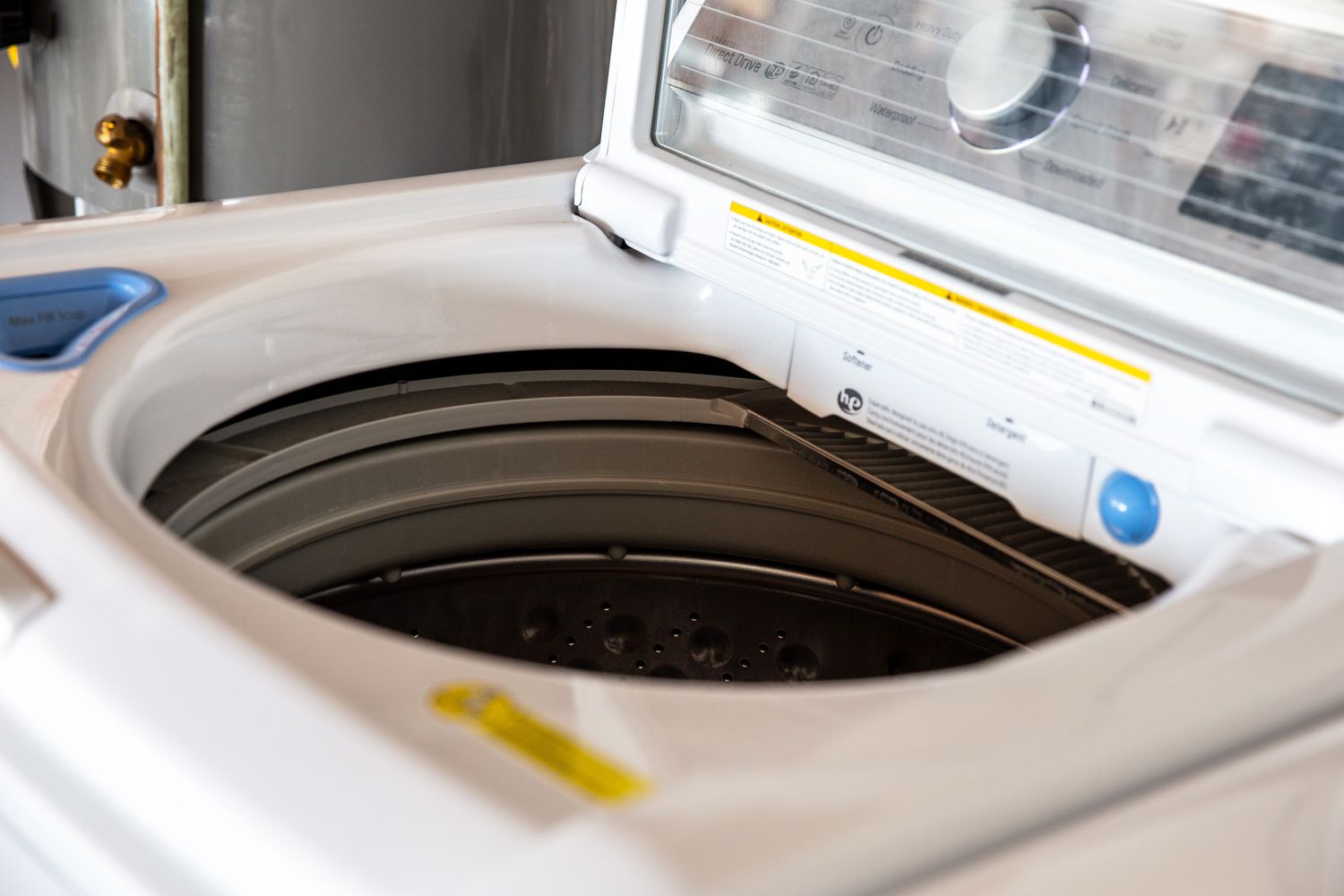
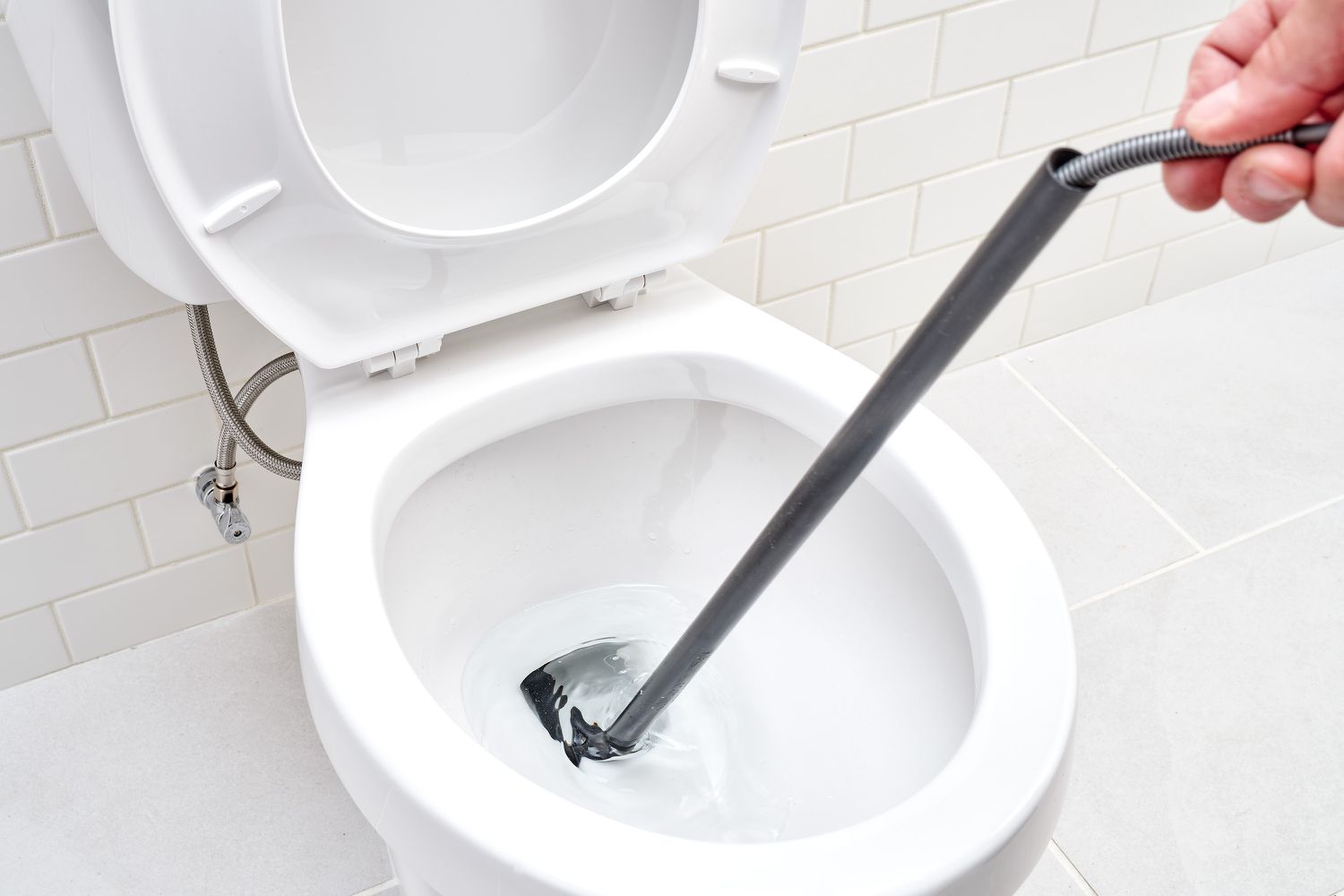
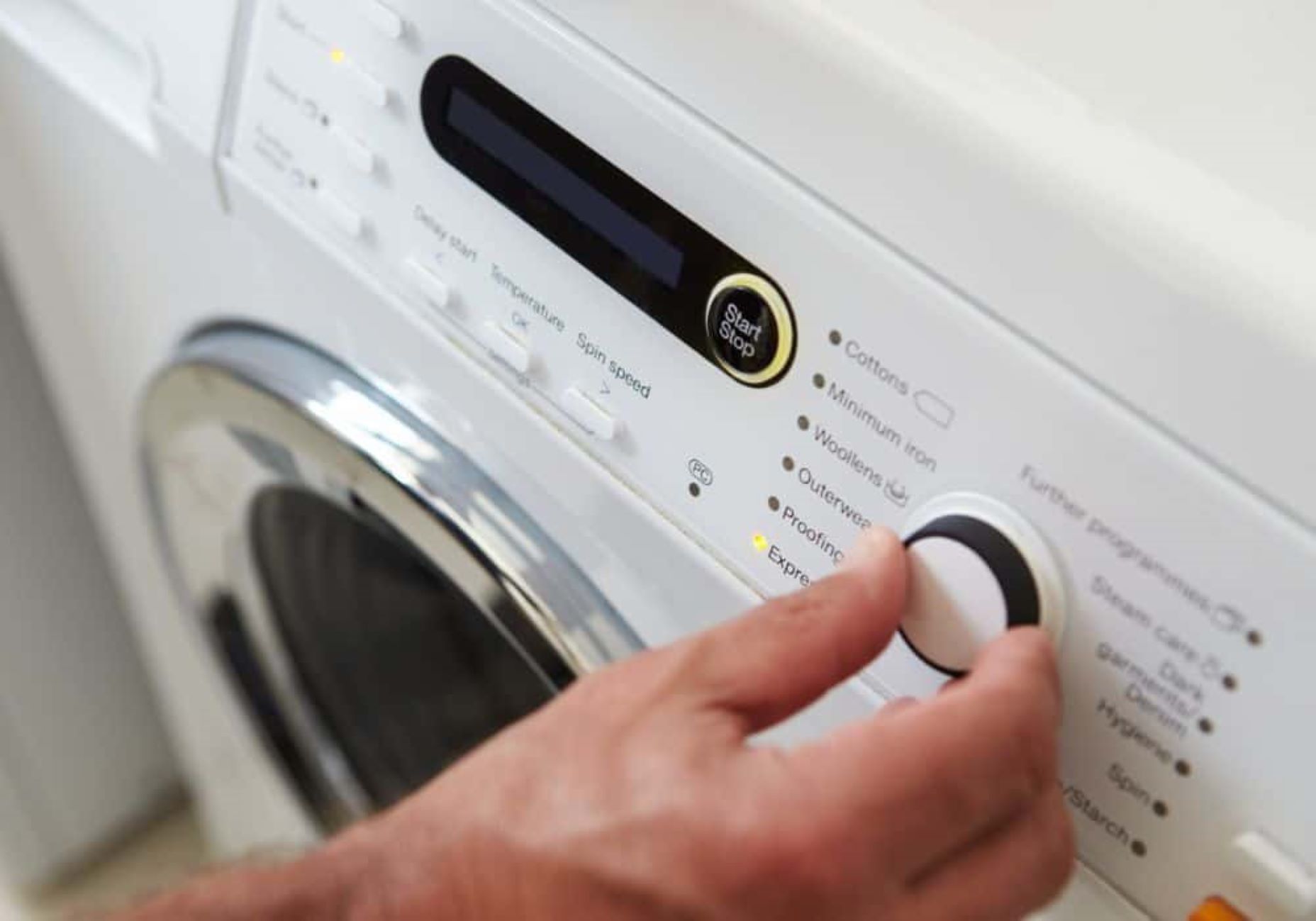






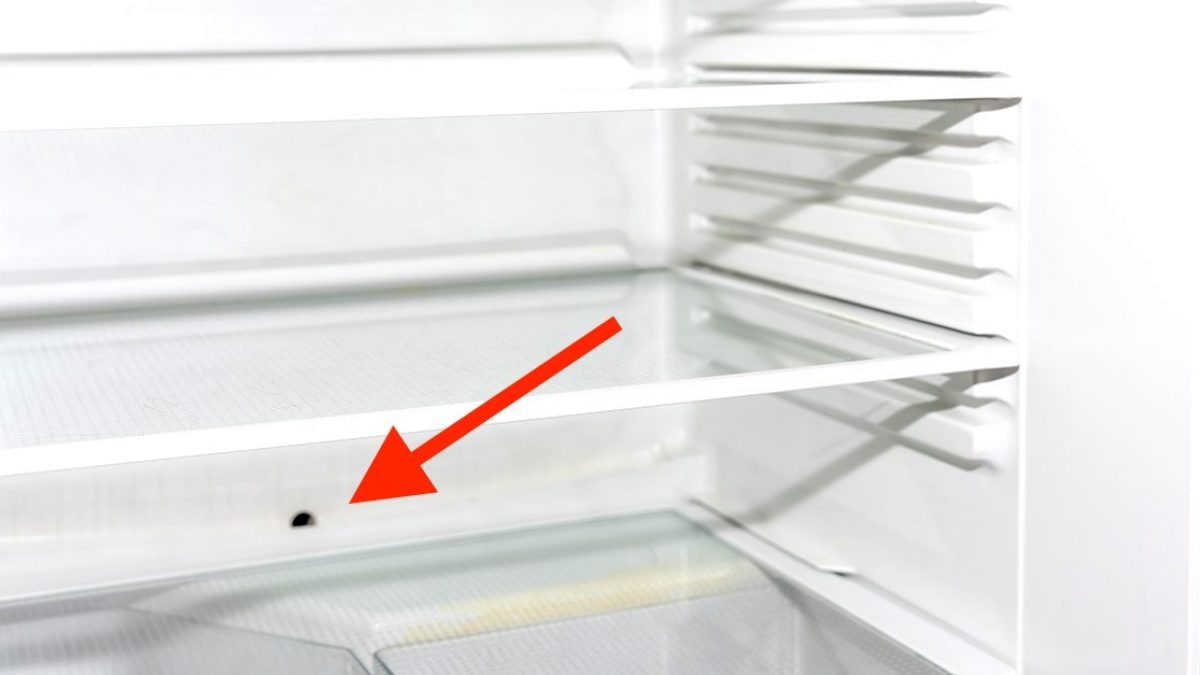


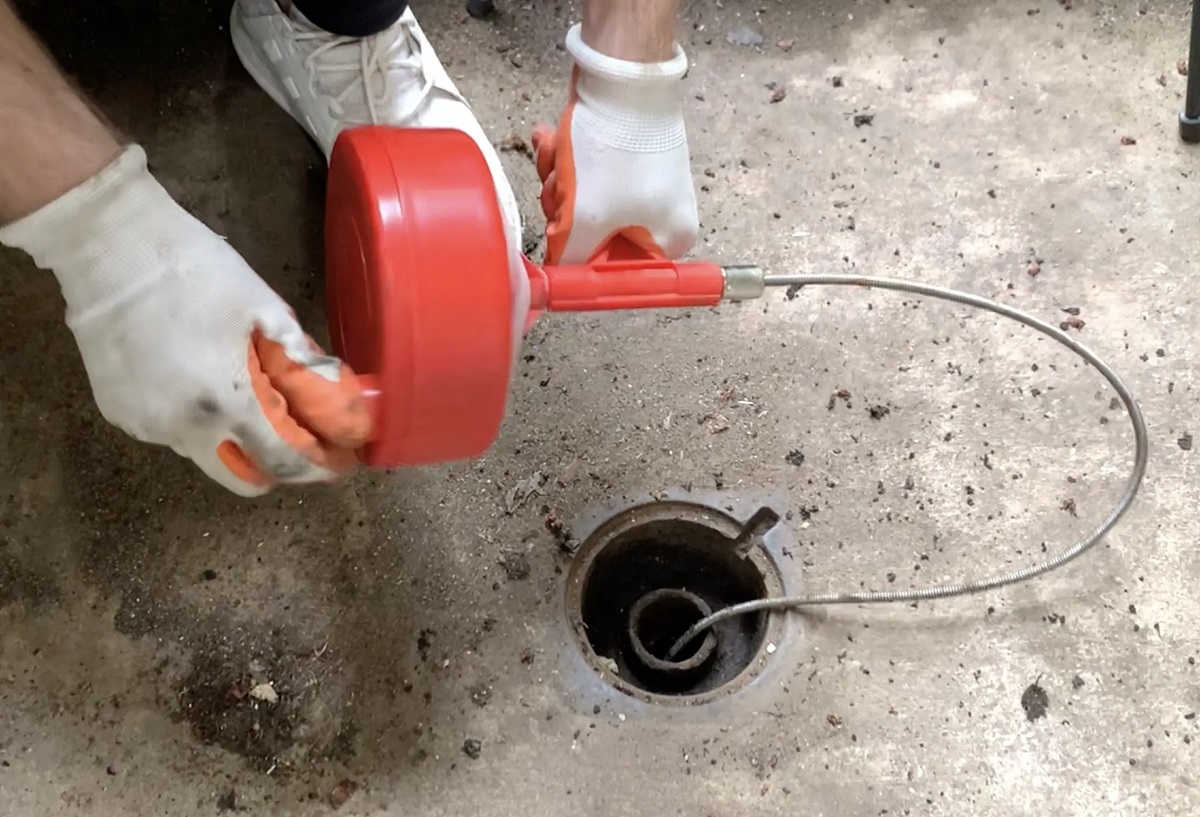
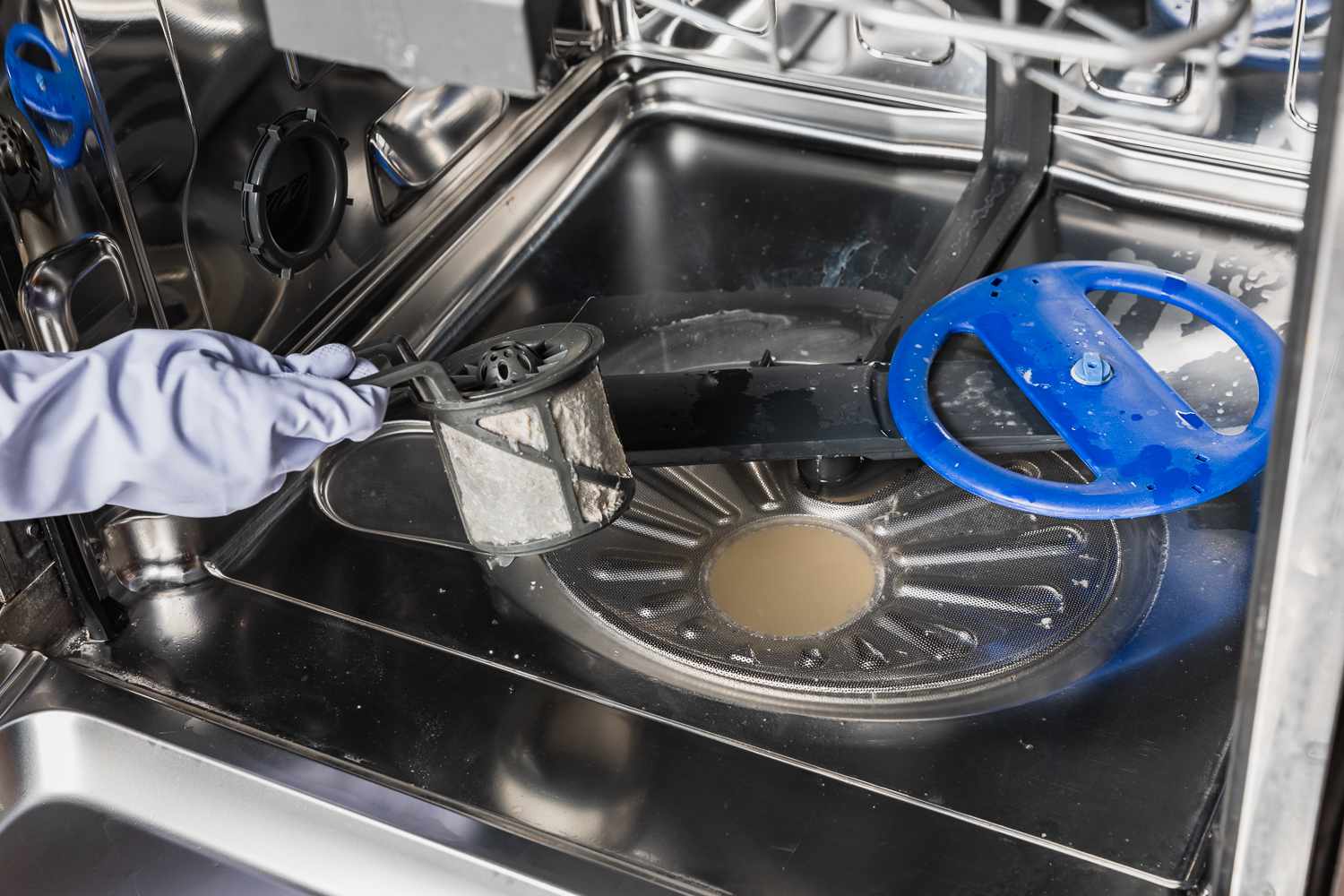

0 thoughts on “How To Use A Drain Snake – To Unclog Blockages, Fast”